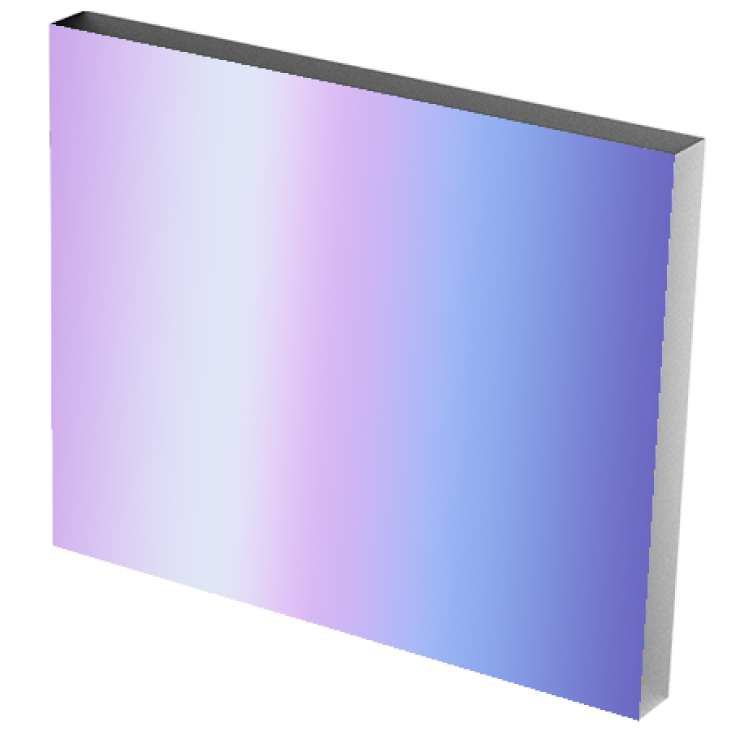| Coad | 671337 | Type | Balanced Photodetector | |
| Dimension(mm) | 80.0 x 80.0 x 30.0 | Wavelength(nm) | 800 - 1700 | |
| Bandwidth (MHz) | 1600 | Input Method | FC/APC | |
| RF Output | SMA | Output Coupling Method | AC | |
| NEP | 9.0pW/Hz1/2 | Photosensitive Area | - | |
| Gain Adjustment Step | 1.0dB | Gain Adjustment Range | 0 - 31.0dB | |
| Common-Mode Rejection Ratio | >30.0dB | Responsivity | 0.95A/W@1550nm | |
| Saturation Input Optical Power | 140.0μW | Output Impedance | - | |
| Transimpedance Gain | 30kV/A | Power Supply | 12V,≤0.5A |
The LBTEK balanced photodetector module integrates two matched high-linearity analog PIN detectors and a low-noise, wideband transimpedance amplifier. It offers high gain, high sensitivity, wide bandwidth, low noise, and excellent common-mode rejection ratio, effectively reducing common-mode noise from the input light and improving the system signal-to-noise ratio.
The module supports two types of optical input interfaces: FC/APC fiber connector and free-space input. The electrical signal is output through an SMA port. It is primarily used in applications such as nanosecond optical pulse detection, LiDAR, optical coherence tomography, and fiber sensing systems.
LBTEK provides Si balanced photodetectors for the 400–1100 nm wavelength range and InGaAs balanced photodetectors for the 800–1700 nm range. Both fixed-gain and software-adjustable-gain modes are available. These balanced photodetectors eliminate common-mode noise by subtracting two optical input signals, achieving a common-mode rejection ratio greater than 25 dB.
The LBTEK InGaAs adjustable-gain balanced photodetector operates in the 800–1700 nm wavelength range, with a software-adjustable gain range of 0–31 dB. It uses an FC/APC fiber input and offers five selectable bandwidth options: 100 MHz, 200 MHz, 350 MHz, 800 MHz, and 1.6 GHz.
















Product evaluation
%High praise
There are comments